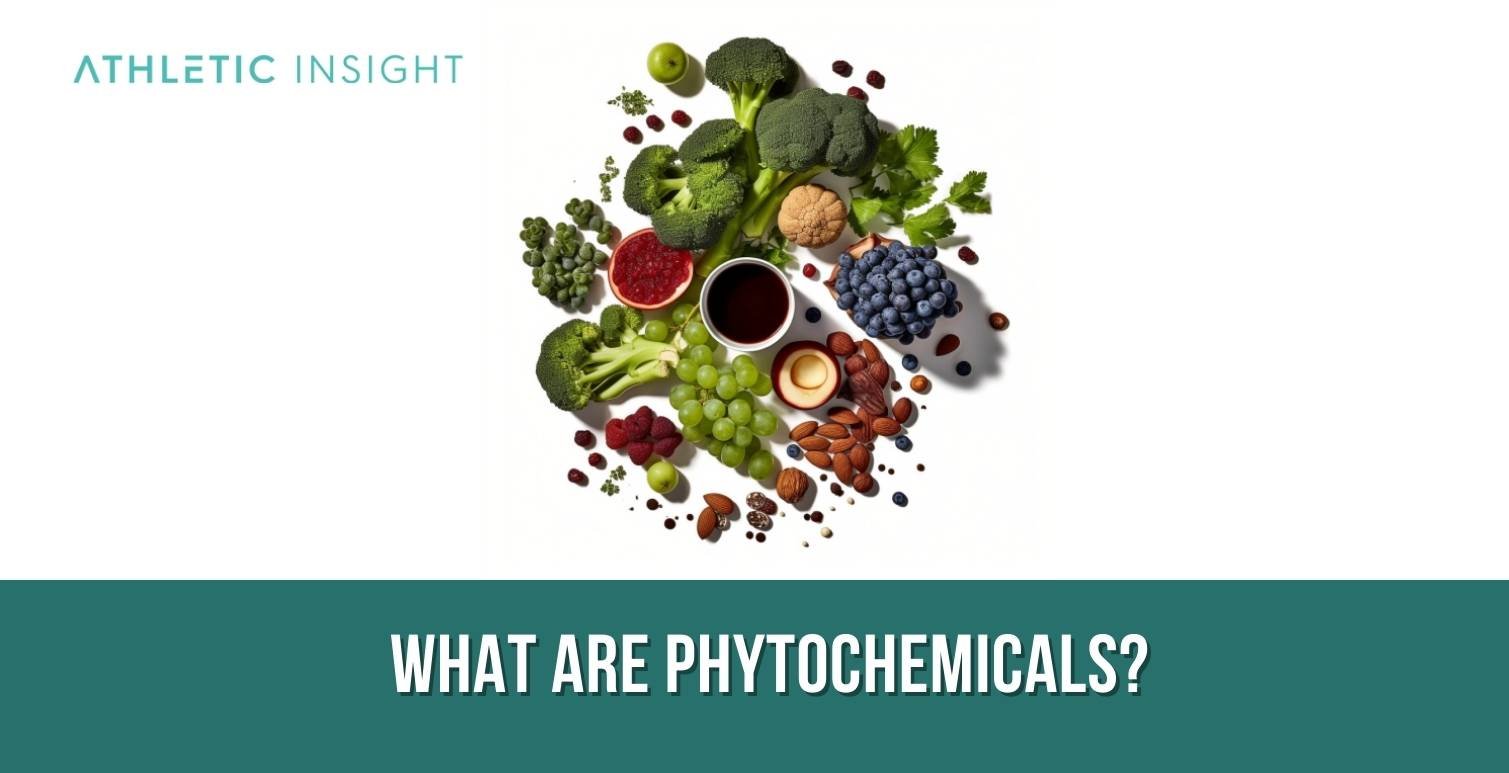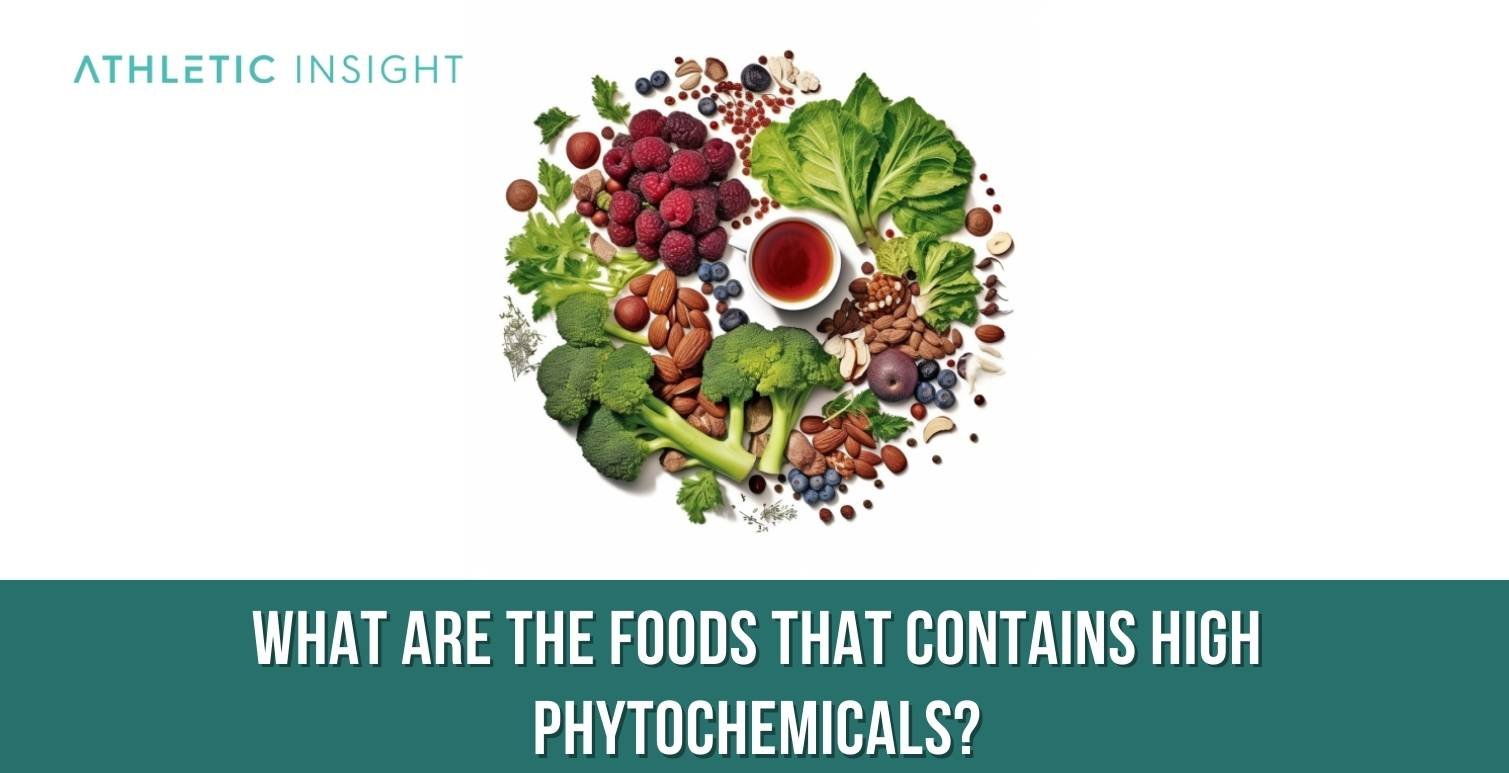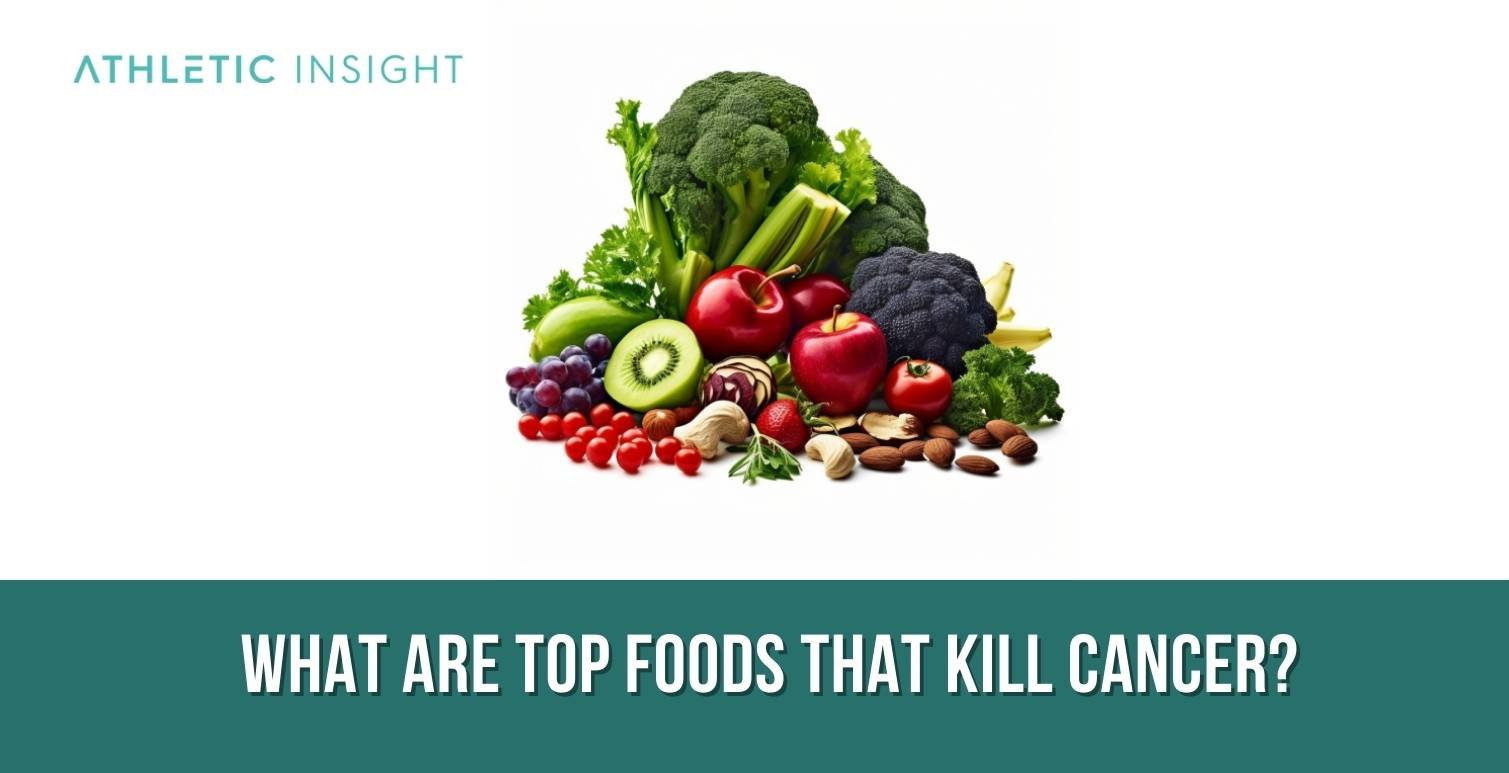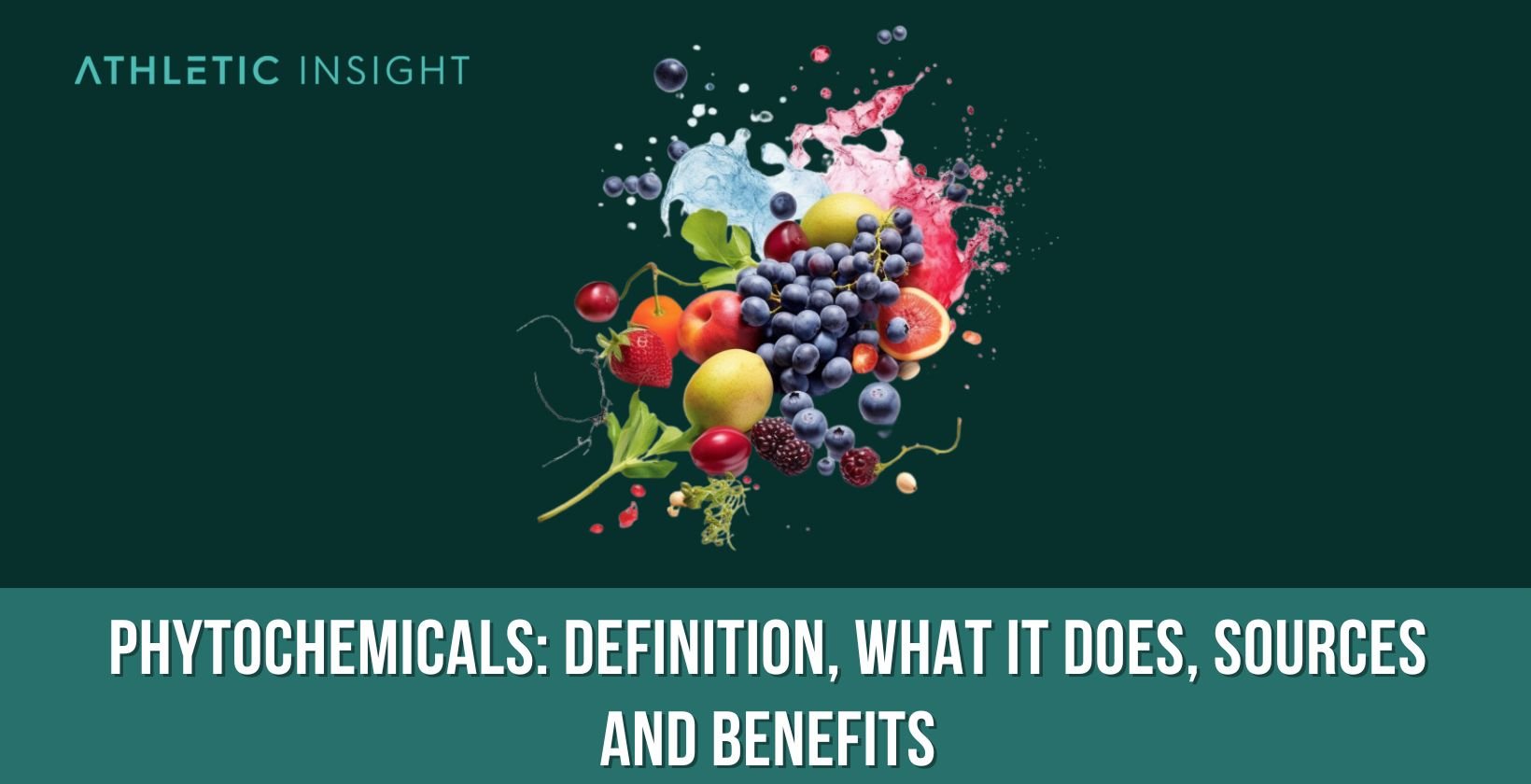The world of nutrition science holds a category of compounds, known as phytochemicals, which are found in numerous food sources, naturally. These compounds have been subject to significant research due to their potential health benefits. Phytochemicals, these naturally occurring substances, are widely dispersed in the plant kingdom and have been the center of many intriguing research studies.
Although the term may appear enigmatic to some, a dive into the world of phytochemicals promises to reveal an enchanting narrative of color, flavor, and, most importantly, health. This article is dedicated to exploring phytochemicals in depth, beginning with their definition, followed by their interaction with the human body, their natural sources in the diet, and the plethora of health benefits they potentially confer.
What are Phytochemicals?
Phytochemicals, often referred to as phytonutrients, are bioactive compounds present in fruits, vegetables, grains, beans, nuts, and teas. They are responsible for the vibrant colors of various plant foods. Despite not being essential for human life, an increasing body of evidence suggests that phytochemicals can affect human health in profound ways.

Where Do Phytochemicals Come From?
Phytochemicals are exclusively derived from the plant kingdom. They are present in an array of fruits, vegetables, legumes, whole grains, nuts, seeds, herbs, spices, and even beverages like tea and coffee. Intriguingly, phytochemicals serve as a plant’s natural defense mechanism against pests, diseases, and UV light, demonstrating their resilience-enhancing properties.
What Do Phytochemicals Do to the Body?
Phytochemicals interact with biological systems in multifaceted ways. They exhibit antioxidant, anti-inflammatory, and antiviral properties, neutralize harmful free radicals, modulate the immune system, and assist in detoxification processes. Phytochemicals can also influence hormone metabolism, stimulate enzymes, suppress the proliferation of cancer cells, and even alter DNA methylation.
What are the Sources of Phytochemicals?
Phytochemicals are abundant in a wide array of plant foods. Some notable sources of phytochemicals include allicin, anthocyanins, biflavonoids, carotenoids, flavonoids, indoles, isoflavones, lignins, lutein, lycopene, and phenolics.
- Allicin: A potent antimicrobial found in onions and garlic.
- Anthocyanins: These powerful antioxidants are abundant in red and blue fruits and vegetables such as raspberries and blueberries.
- Biflavonoids: These compounds occur in citrus fruits and exhibit antioxidant, anti-inflammatory, and antiviral properties.
- Carotenoids: Found in brightly colored fruits and vegetables like tomatoes, carrots, and spinach, carotenoids are renowned for their antioxidant properties.
- Flavonoids: Ubiquitous in fruits, vegetables, and beverages like wine and tea, flavonoids exhibit strong antioxidant and anti-inflammatory properties.
- Indoles: These sulfur-containing compounds are abundant in cruciferous vegetables like broccoli and kale and are known for their anti-cancer properties.
- Isoflavones: These plant-based estrogens are predominantly found in soybeans and soy products.
- Lignins: Found in flaxseed and whole grain products, lignins have been studied for their potential to reduce the risk of certain types of cancer.
- Lutein: This carotenoid is found in leafy green vegetables and has been associated with reduced risk of age-related macular degeneration and cataracts.
- Lycopene: This potent antioxidant is abundant in tomatoes and has been linked to a reduced risk of heart disease and certain types of cancer.
- Phenolics: Present in citrus fruits, fruit juices, cereals, legumes, and oilseeds, phenolics are powerful antioxidants and have been studied for a variety of health benefits, including anti-aging, heart disease prevention, and tumor protection.
What are the Foods that Contains High Phytochemicals?
Phytochemicals are abundant in various foods. High phytochemical content is typically found in red or blue fruit, cruciferous vegetables, high citrus fruits, whole grains, legumes, nuts, seeds, herbs, spices, tea, coffee and red wine.

- Cruciferous vegetables like broccoli and cabbage
- Red and blue fruits such as raspberries and blueberries
- Citrus fruits like oranges and lemons
- Whole grains and legumes
- Nuts and seeds
- Herbs and spices like turmeric and ginger
- Tea, coffee, and red wine
What are the Types of Phytochemicals?
Phytochemicals can be classified into three main categories; polyphenols, termenoids, thiols.
- Polyphenols: These compounds are abundant in fruits, vegetables, cereals, dry legumes, chocolate, and beverages like tea and wine. They exert antioxidant, anti-inflammatory, and anti-carcinogenic effects.
- Terpenoids: These compounds are found in herbs, spices, and fruits. They exhibit antioxidant, anti-inflammatory, and anticancer activities.
- Thiols: These sulfur-containing compounds are present in cruciferous vegetables and garlic. They have been studied for their role in detoxification and their potential to suppress tumor development.
What are the Benefits of Phytochemicals?
Phytochemicals are associated with a myriad of health benefits, including but not limited to improved heart health, reduced risk of chronic diseases (including cancer), enhanced immune function, antioxidant and anti-inflammatory effects, improved gut health, and positive effects on vision.
- Improved heart health
- Reduced risk of chronic diseases, including cancer
- Enhanced immune function
- Antioxidant and anti-inflammatory effects
- Improved gut health
- Positive effects on vision
How To Make Breakfast Recipes with Phytochemicals?
A phytochemical-rich breakfast could be a smoothie bowl made from mixed berries (anthocyanins), spinach (lutein), flaxseeds (lignins), and a topping of nuts (polyphenols). Blend a cup of mixed berries, a handful of spinach, a tablespoon of flaxseeds, and a cup of almond milk until smooth. Pour into a bowl and top with a mix of nuts. This breakfast is a powerhouse of phytochemicals and a fantastic way to start the day.
How To Make Appetizer Recipes with Phytochemicals?
A colorful salad loaded with various vegetables and a citrus vinaigrette could serve as a phytochemical-rich appetizer. Include lettuce, tomatoes (lycopene), broccoli (indoles), onions (allicin), and bell peppers (carotenoids). For the vinaigrette, whisk together the juice of a lemon (flavonoids), extra virgin olive oil, salt, and pepper.
How To Make Dessert Recipes with Phytochemicals?
A fruit salad can be an excellent phytochemical-rich dessert option. Include a mix of berries (anthocyanins), citrus fruits (flavonoids), and a sprinkle of chopped nuts (lignins) for added crunch.
How To Make Main Course Recipes with Phytochemicals?
A stir-fry using a variety of vegetables and tofu can be a perfect phytochemical-packed main course. You can include broccoli (indoles), bell peppers (carotenoids), onions (allicin), and tofu (isoflavones). Season with turmeric (curcumin) and garlic (allicin) for an added phytochemical boost. Serve this over whole grain rice (lignins) to enhance the phytochemical content.
How To Make Beverage Recipes with Phytochemicals?
A green tea (flavonoids) smoothie can serve as a refreshing phytochemical-rich beverage. Blend together brewed green tea, a handful of spinach (lutein), a green apple (flavonoids), and a tablespoon of chia seeds (omega-3 fatty acids). This refreshing beverage can be a perfect afternoon pick-me-up.
How Do Phytochemicals Fight Cancer?
Phytochemicals are potent bioactive compounds that can interact with human biology in various ways. They exhibit antioxidant, anti-inflammatory, and anticancer properties. In terms of cancer, they can suppress the growth of cancer cells, induce apoptosis (programmed cell death), inhibit angiogenesis (formation of new blood vessels that feed a tumor), and even enhance the effectiveness of chemotherapy drugs.
What Are Top Foods that Kill Cancer?
While no food can outright kill cancer, some foods contain phytochemicals that have been associated with a reduced risk of cancer. These include green leafy vegetables, berries, cruciferous vegetables, garlic, and tomatoes.

- Green Leafy Vegetables
- Berries
- Cruciferous vegetables
- Garlic
- Tomatoes
Which Kind of Diet Helps Prevent Cancer?
A diet rich in fruits, vegetables, whole grains, legumes, nuts, and seeds — essentially, a diet abundant in phytochemicals — is considered beneficial in reducing the risk of cancer. Such a diet provides a variety of phytochemicals that work in synergy to protect against cancer.
Are Phytochemicals Considered a Cure for Cancer?
No, phytochemicals are not considered a cure for cancer. While they have been associated with a reduced risk of developing cancer and have been shown to suppress the growth of cancer cells in laboratory studies, they are not a standalone treatment for cancer. However, their intake as part of a balanced, plant-based diet is recommended for overall cancer prevention and health promotion.
Is Phytochemicals a Fat-Soluble Vitamins?
Not all phytochemicals are vitamins, and they do not all share the same chemical characteristics. Some phytochemicals, such as carotenoids, are indeed fat-soluble, similar to certain vitamins like A, D, E, and K. However, many others, like flavonoids, are water-soluble. Regardless of their solubility, regular consumption of a variety of plant foods can ensure a healthy intake of these beneficial compounds.



